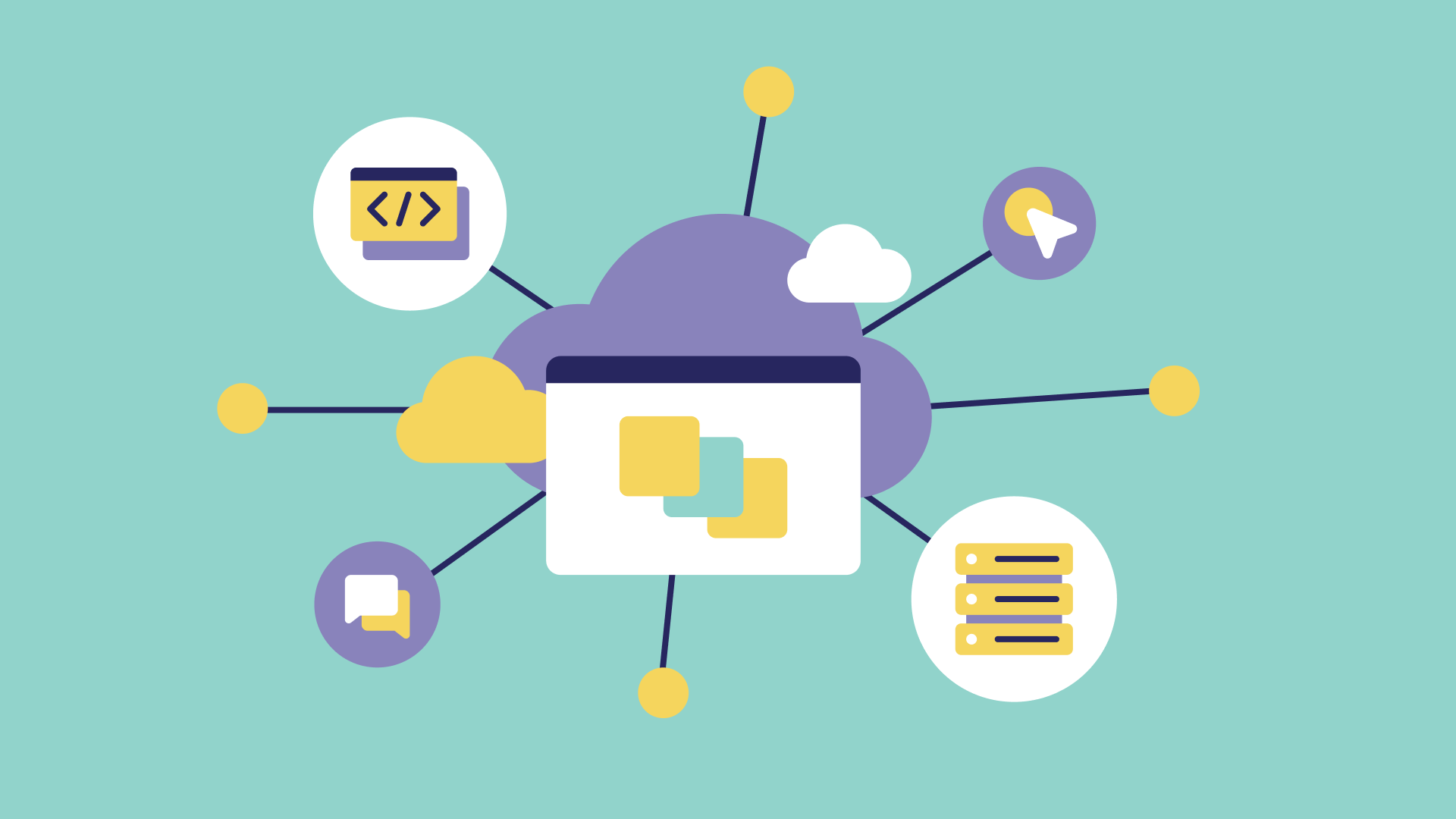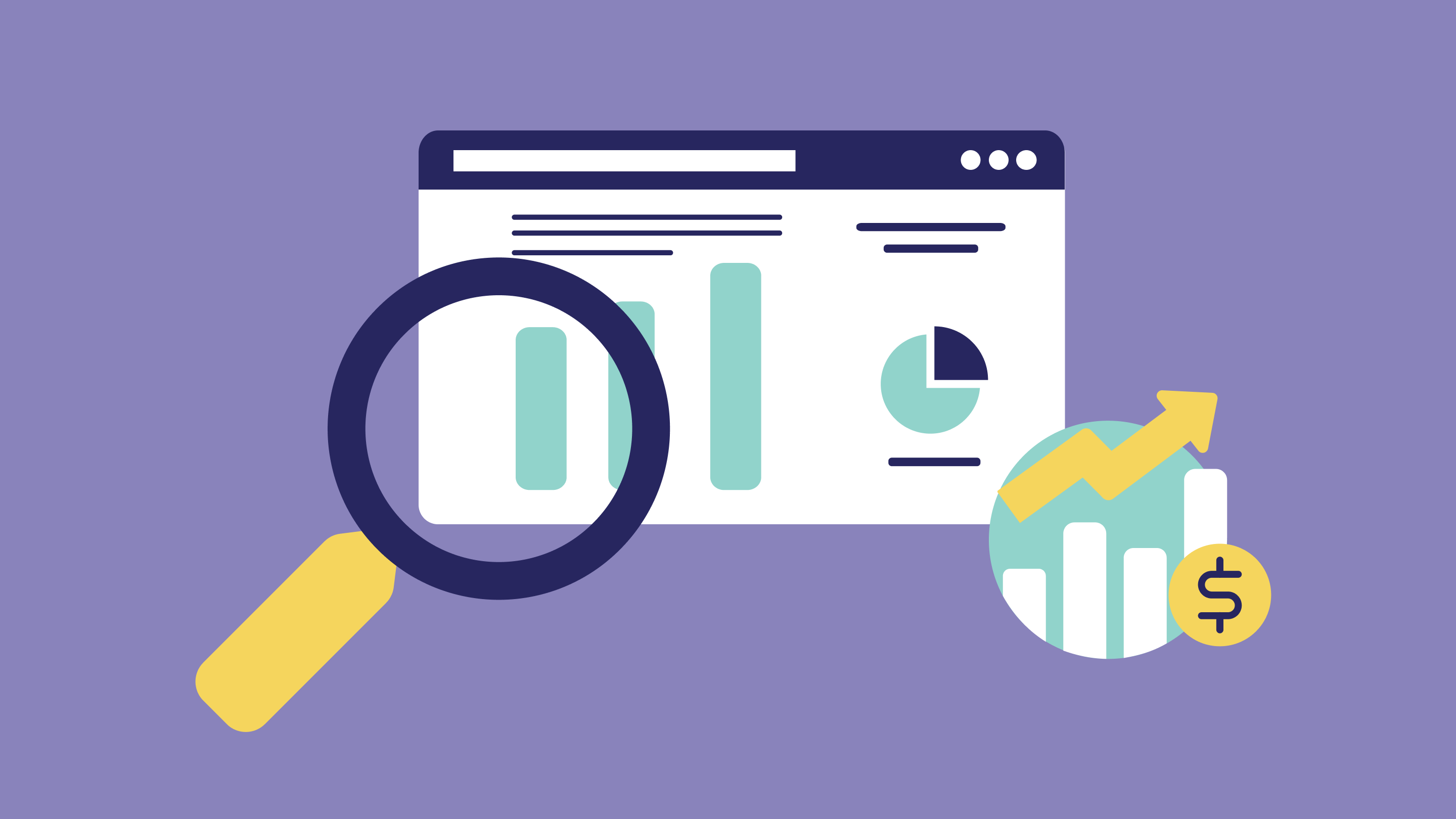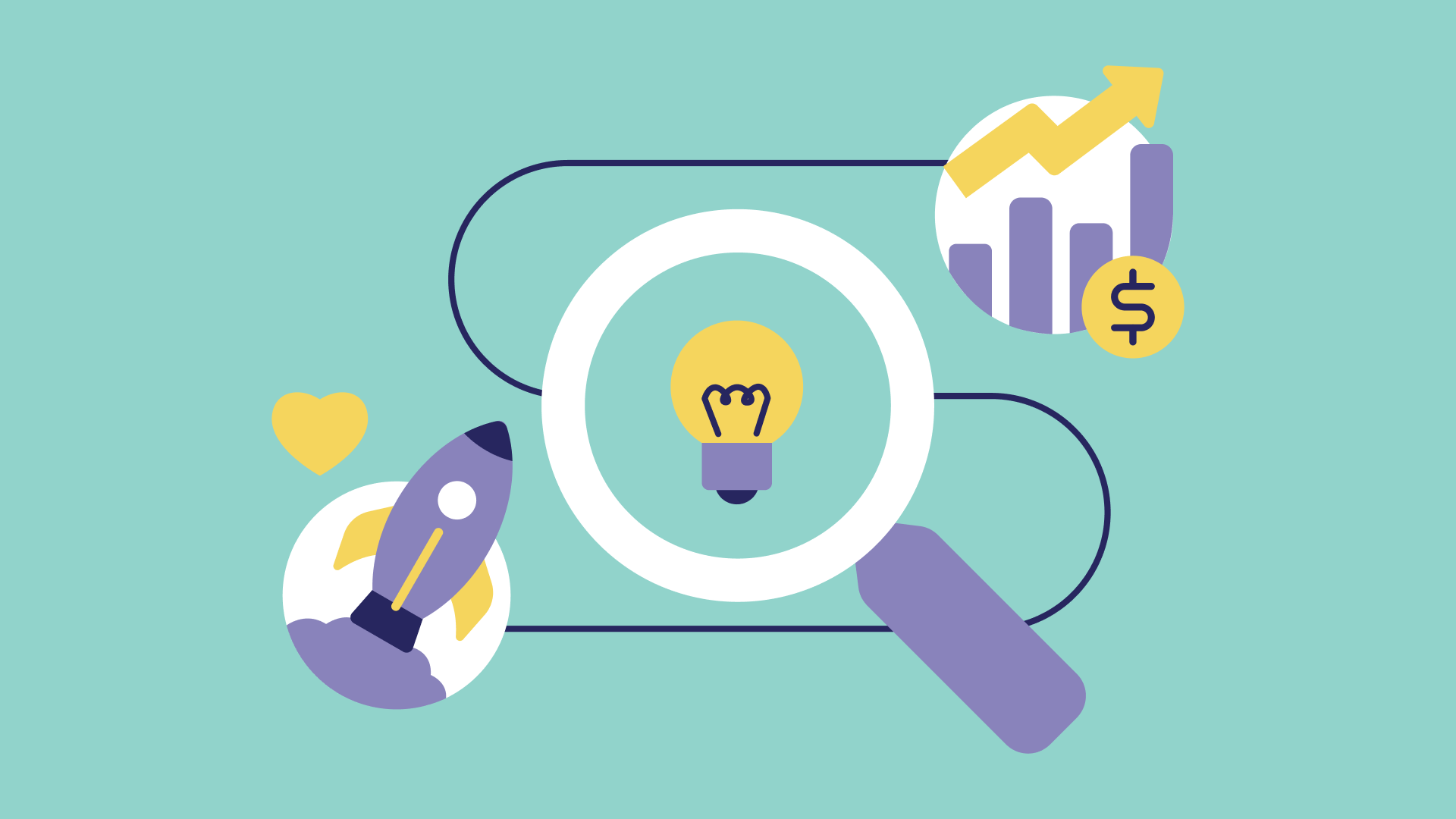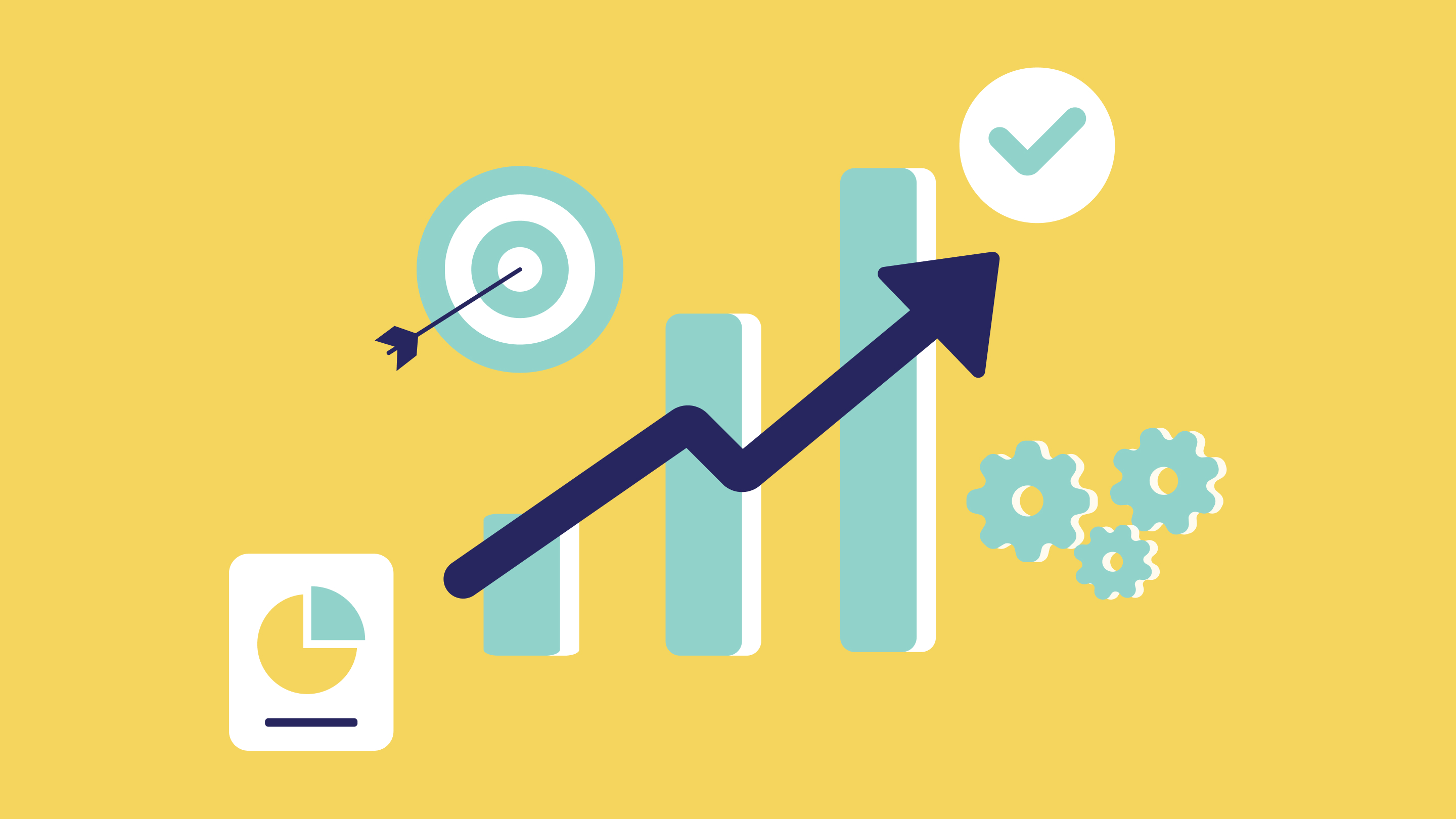
In the SaaS (Software as a Service) world, particularly for B2B applications, the customer journey can be complex and filled with numerous touchpoints. Understanding these stages is crucial for product owners aiming for higher user engagement and retention. Unlike traditional sales funnels, the SaaS customer journey is less linear and involves ongoing interactions that can significantly affect a customer’s lifetime value. This article will break down the stages of the SaaS customer journey, how it differs from a sales funnel, and the essential touchpoints that B2B SaaS owners should focus on.
Elevate your SaaS customer journey and enhance user engagement with Fikri Studio's specialized UI/UX design services. Contact us today!
The SaaS Customer Journey vs Sales Funnel: What's the Difference?
Sales funnels and customer journeys are both models used to guide prospective clients through a series of steps from initial awareness to eventual purchase and loyalty. However, they are not the same.
- Sales Funnel: This model is more linear and focuses mainly on guiding leads from the top of the funnel (awareness) to the bottom (conversion).
.png)
- SaaS Customer Journey: This is a more dynamic and cyclical model that considers long-term engagement and customer retention, not just acquisition.

Understanding the differences between these two models is crucial for developing a strategy tailored to your B2B SaaS business. While sales funnels are still a valuable tool, they do not fully capture the complexities of the SaaS customer journey.
Awareness Stage: First Impressions Last
The awareness stage is the crucial initial touchpoint where potential customers first come into contact with your brand. This pivotal stage is typically reached through various channels such as social media, online advertising, search engines, and word-of-mouth recommendations. It serves as the foundation for building brand recognition and establishing a connection with your target audience.
- Social media: Is an integral part of our interconnected world, allowing individuals and businesses to connect, share, and engage with each other on various platforms. From staying updated with friends and family to promoting products and services, social media has become a powerful tool for communication and networking.

- Content marketing: Is a strategic approach that involves creating and distributing valuable, relevant, and consistent content to attract and engage a specific target audience. It aims to drive profitable customer action by building brand awareness, establishing credibility, and nurturing relationships with potential customers.

- PPC campaigns: PPC campaigns are an effective way to drive targeted traffic to your website and increase conversions. With precise targeting, compelling ad copy, and continuous optimization, you can achieve your advertising goals and maximize your return on investment (ROI). Start your PPC campaign today and reach your target audience with precision and efficiency.

Actionable Insight: In order to optimize your landing pages for maximum effectiveness, it is crucial to ensure clarity, usability, and the right amount of information. By A/B testing different versions, you can identify which elements truly capture attention and engage your audience effectively. This iterative approach allows you to continuously refine and improve your landing pages, resulting in better conversion rates and overall success in your digital marketing efforts.
Consideration Stage: Value Proposition and Credibility
During the consideration stage, prospective clients are actively evaluating their available options. This is a crucial phase where they carefully analyze various factors such as features, benefits, pricing, and reviews to make an informed decision. It is essential to provide them with comprehensive information that highlights the unique value proposition of your product or service. By addressing their needs and concerns, you can effectively guide them towards choosing your offering over competitors.
- Email newsletters: Email newsletters are regular publications sent via email to subscribers. They typically contain updates, information, and content related to a specific topic or organization. Email newsletters are a popular form of communication used by businesses, websites, and individuals to engage with their audience, share news and updates, promote products or services, and build relationships with subscribers.

- Case studies: Case studies are detailed examinations of a particular subject, such as a person, group, or organization, that are used to analyze and understand real-life situations and scenarios. They often involve research and data collection to provide insights, solutions, and recommendations for similar cases or situations.

- Product demos: Product demos are a powerful way to showcase the features and capabilities of a product. Through interactive presentations and live demonstrations, users can get a firsthand look at how the product works and what it can do. Whether it's for potential customers, investors, or internal stakeholders, product demos provide a clear and engaging way to communicate the value and benefits of a product.

Actionable Insight: Use data-driven personalization to make your communications more effective. Offer real value that sets your B2B SaaS apart from competitors. Connect with your audience through targeted email campaigns, engaging content, informative case studies, and captivating product demos. By understanding the needs and preferences of your target market, you can tailor your communications to resonate with them and drive conversions.
Acquisition Stage: The Art of Conversion
The goal at this stage is simple but crucial, to effectively convert potential customers into paying users. This pivotal step requires careful consideration and strategic implementation. By strategically leveraging various touchpoints, such as engaging marketing campaigns, personalized customer experiences, and seamless user onboarding processes, businesses can cultivate strong customer relationships and drive successful conversions.
- Pricing tables: Pricing tables offer a clear and concise overview of different pricing options, helping users make informed decisions based on their needs and budget.

- Checkout process: The checkout process refers to the steps involved in finalizing a purchase or transaction, typically in an online shopping context. It includes selecting items, providing shipping and payment information, and confirming the order before completion.

- Onboarding tutorials: Get up to speed quickly with our comprehensive guides and tutorials. Perfect for new users or anyone looking to learn the ropes efficiently.

Actionable Insight: Gain valuable insights by utilizing A/B testing on your pricing models and checkout procedures. This will help you identify what converts best and optimize your strategies accordingly. Additionally, implementing an intuitive onboarding process will ensure a seamless experience for new users, allowing them to quickly familiarize themselves with your product and its benefits. By taking these proactive steps, you can enhance user engagement and drive long-term success.
Service Stage: Beyond the Sale
In the world of B2B SaaS, the service stage is typically an ongoing process, encompassing various touchpoints that are crucial for ensuring customer satisfaction and success. These touchpoints include activities such as onboarding, customer support, regular check-ins, and continuous product updates. By actively engaging with customers throughout their journey, companies can build strong relationships, address any concerns or issues promptly, and deliver exceptional value that goes beyond the initial sale.
- Customer support: Customer support is a vital service that helps customers with their inquiries, issues, and concerns. It ensures that customers receive the assistance they need and enhances their overall experience with a product or service.

- Training webinars: Typically refer to online seminars or workshops that provide training or educational content. They are usually conducted through web conferencing platforms and allow participants to learn and interact remotely.

- Feature updates: Feature updates refer to the introduction or implementation of new features or enhancements in a product or service. It typically involves adding new functionalities, improving existing ones, or addressing user feedback to enhance the overall user experience.

Actionable Insight: A robust customer support infrastructure can be a strong differentiator. Ensure your team is trained to provide quick and insightful assistance. Additionally, regularly review and act on customer feedback to continuously improve your product.
Loyalty Stage: Creating Brand Advocates
This stage specifically aims to transform your existing customers into dedicated, long-term advocates who actively promote your brand. To achieve this, it is crucial to create meaningful touchpoints that resonate with your customers and solidify their loyalty. These touchpoints can include personalized communication, exclusive offers, exceptional customer service, and opportunities for engagement and feedback. By carefully nurturing these relationships, you can cultivate a community of loyal advocates who not only continue to support your business but also enthusiastically recommend it to others.
- Loyalty programs: Loyalty programs are structured marketing strategies designed to encourage and reward customer loyalty by offering incentives, benefits, or rewards to repeat customers. These programs are commonly used by businesses to foster long-term relationships with their customers and promote repeat purchases.

- Customer surveys: Customer surveys are a method of collecting feedback and opinions from customers about their experiences with a product, service, or brand. These surveys can provide valuable insights and help businesses make data-driven decisions to improve customer satisfaction and loyalty.

- Referral incentives: Referral incentives are rewards or benefits offered to individuals who refer new customers, clients, or users to a business or organization. It is a way to motivate and incentivize people to promote a product, service, or platform to their friends, family, or colleagues. The incentives can vary and may include discounts, cash rewards, gift cards, or other perks as a token of appreciation for the referral.

Actionable Insight: Offer value that goes beyond the initial purchase, such as advanced training, loyalty discounts, or unique feature access, to retain clients. This not only keeps customers engaged and coming back, but it also increases their satisfaction and likelihood of recommending your business to others. Show appreciation for their loyalty and support by offering exclusive perks or personalized rewards through loyalty programs or referral incentives.
Conclusion: Mapping Your B2B SaaS Customer Journey
Understanding the distinct stages and touchpoints of the SaaS customer journey, especially in a B2B context, allows you to effectively guide prospects from initial awareness through to long-term loyalty. Unlike a sales funnel, the customer journey emphasizes the cyclical nature of customer engagement and underscores the importance of retention, not just acquisition. By creating a streamlined and personalized journey, utilizing data-driven insights to inform decision-making, and offering valuable referral incentives, B2B SaaS businesses can not only attract new customers but also foster long-term relationships that drive growth and success. Remember to continually analyze and optimize your customer journey to stay ahead of changing trends and evolving customer needs. With a well-mapped customer journey in
Don't leave your B2B SaaS customer journey to chance. Let Fikri Studio help you identify and optimize key touchpoints for better user engagement and retention. Reach out for a consultation today!
By investing in understanding and optimizing these stages, you can significantly improve customer satisfaction, enhance user experience, and increase the overall lifetime value of your customers. By providing value at each touchpoint and creating a seamless journey, you can build strong relationships with your customers and turn them into loyal advocates for your brand. Keep in mind that the customer journey is not a one-size-fits-all approach and may vary based on your specific industry, target audience, and product or service offerings. Continually tracking and analyzing data will also help you.


















































